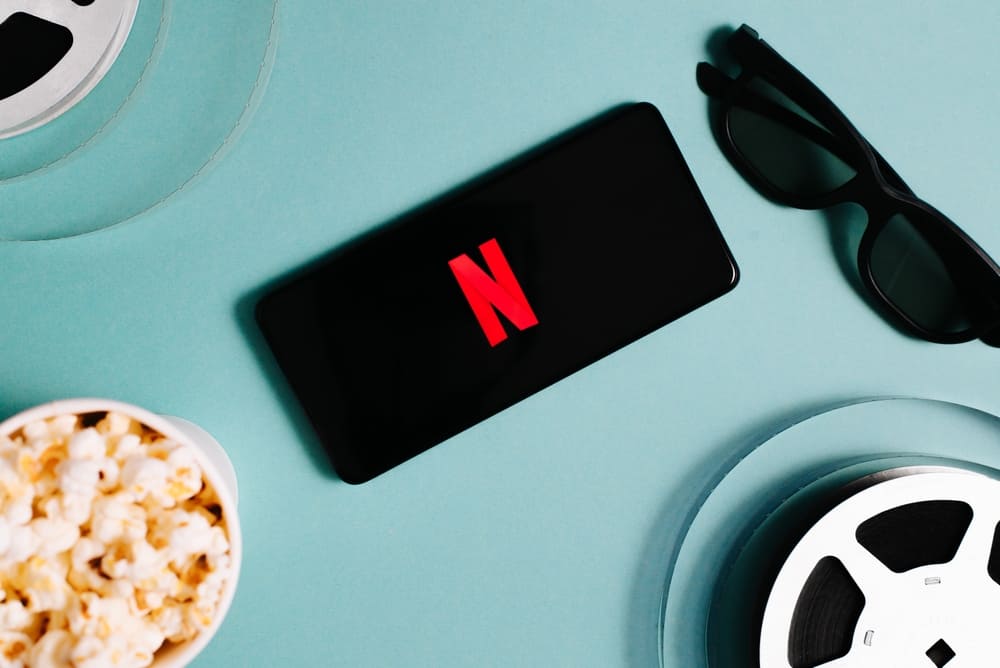
You’ve been there before: Your heart sinks when you see that your favorite show is leaving your streaming platform of choice. Or, even worse, you turn on the TV and the show is gone with no notice. Whether you’re partway through a new series, rewatching a familiar one, or simply comforted knowing that you can watch your favorites whenever you want, having a show disappear is disorienting.
Streaming services know shows have devoted fans. Why would they yank your favorite show away? Well, they also need to manage costs, showcase original content, and honor licensing deals. If you’re frustrated when your favorite shows disappear from a streaming service, here are the logistics behind that choice.
Manage Costs
Keeping a show in the streaming catalog costs money. Streaming services pay for licensing and residuals to cast and crew. Netflix’s 2018 deal to keep the ’90s sitcom “Friends” cost it $100 million, and it didn’t even have exclusive rights to the show. Others could make their own deals for the same content.
Sometimes original shows have such low viewership that they aren’t cost-effective to keep streaming. Max dropped 20 original shows, mostly family and children’s programming, in 2022, including “Sesame Street” and “The Not-Too-Late Show with Elmo.” It wanted to devote content spending to its mostly male adult audience, and it hoped to declutter its service before merging with Discovery Plus in 2023.
Occasionally, a show isn’t available at all or gets removed as part of a georestriction. It might cost more to air in a specific country, or the streaming service may have chosen not to invest in that market due to low viewership. Sometimes the content isn’t culturally appropriate or relevant to an area of the world, so the content is restricted there.
For geopolitical reasons, conducting business in some countries or regions as a whole becomes undesirable, as it has for global streaming services in Russia; Netflix pulled out of Russia in the spring of 2022, with other streaming services following suit. This wasn’t about a specific show or movie, though. The withdrawal meant no new subscriptions in Russia and a phasing out of services for existing subscribers.
Honor Licensing Deals

In 2007, Netflix began instant streaming services. By 2010, only four shows were streaming exclusively across all services. By 2017, that number exceeded 100 shows. When Peacock and Paramount Plus launched, for example, they pulled some shows to their services exclusively instead of allowing them to stay on services not affiliated with their network.
According to Netflix, it gives three pieces of information it considers when a licensing deal expires: whether or not the rights are still available, how popular the show is, and how much it costs to keep. Most of these are answered with licensing deal availability and expense.
Licensing deals are for a set period of time. When that time runs out, the show goes unless the streaming channel negotiates a new deal with the distributor of the show. These licensing deals involve two major players: the copyright owners and the broadcasters. In other words, the agreement is between who owns the content and who wants to show the content. Netflix wanted to show “Friends,” so it licensed the show with the owner of “Friends,” Warner Bros. Now, Warner Bros. Discovery has taken back “Friends” for release under its partnership with Max.
The good news with expiring licenses is that when a show’s agreement ends with one streaming platform, the distributor of the show often makes a new agreement with a different streaming platform. We saw that happen with “Friends” moving from Netflix to Max in 2022. Look for most of this movement to occur at the end of the year when many streaming services cut content. Then, as your shows go away, search other platforms for them. Your shows might still be there for you, just under a different subscription.
Highlight Original Content
Until 2013, no streaming-only shows or movies won major awards. They were treated like appetizers or side dishes, but network television was still the main dish. Then “House of Cards” won a best director award in the fall of 2013. And in 2022, two streaming movies — Apple TV’s “CODA” and Netflix’s “The Power of the Show” — were the main contenders at the Oscars, guaranteeing that a streaming service would win Best Picture for the first time ever. (“CODA” won.)
Original content is now king, driving subscriptions and viewers to a platform. Licensing agreements aren’t a problem because streaming platforms own the content. They’re both the content owner and content streamer.
In 2023, new streaming content includes the dystopian drama “The Last of Us” on Max, the third season of “Only Murders in the Building” on Hulu, and the movie “Killers of the Flower Moon” on Apple TV. The Marvel Cinematic Universe as a whole continues to be a hybrid of streaming and theatrical release content, with Disney Plus gaining “Jessica Jones,” “Daredevil,” and “Luke Cage” in 2022 — all three previously Netflix-based.
